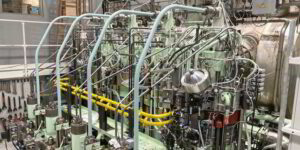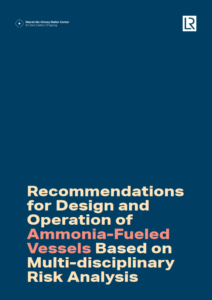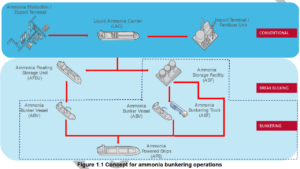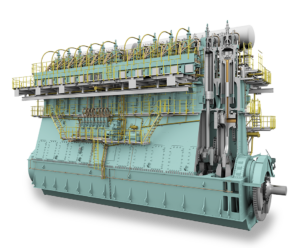MAN Energy Solutions: testing begins on two-stroke marine ammonia engine
In an interview with media outlet TradeWinds, MAN Energy Solutions has indicated that a detailed testing program for its two-stroke marine ammonia engine began last week in Copenhagen. With safe, sustainable operations paramount, MAN is aiming for the test engine to operate on 100% ammonia fuel in all four cylinders by 2025.









